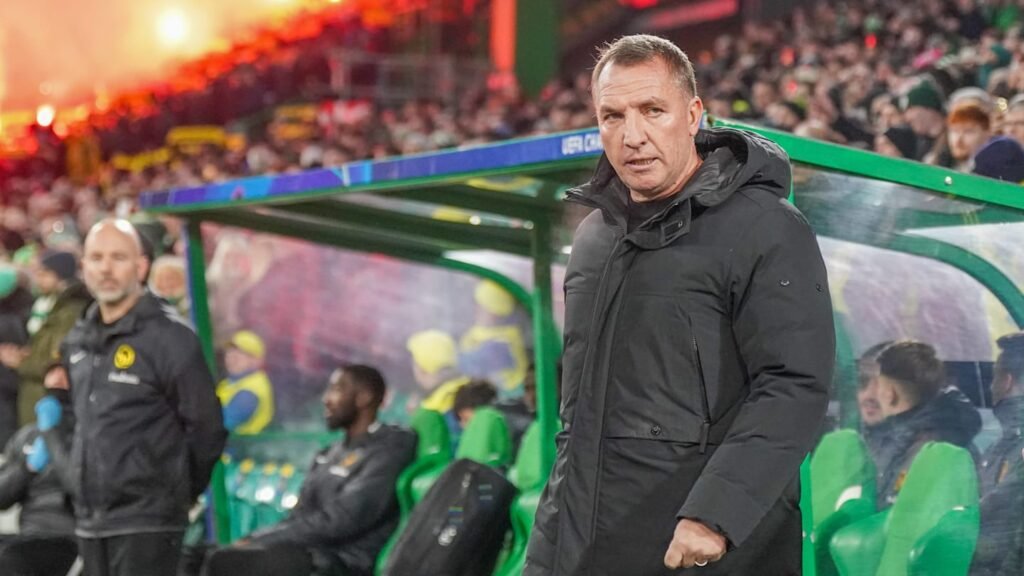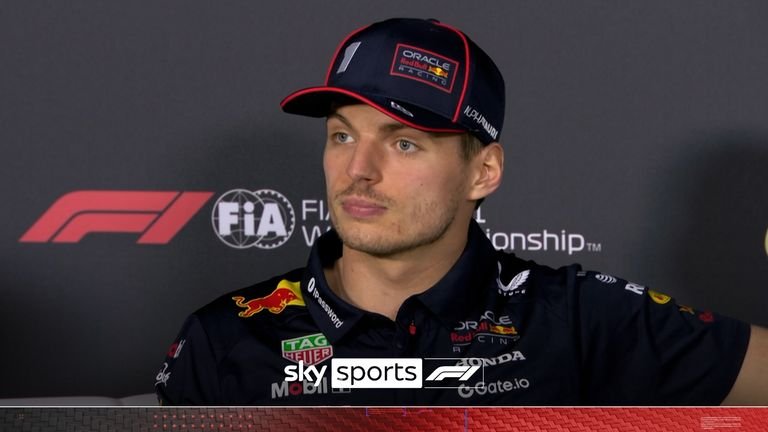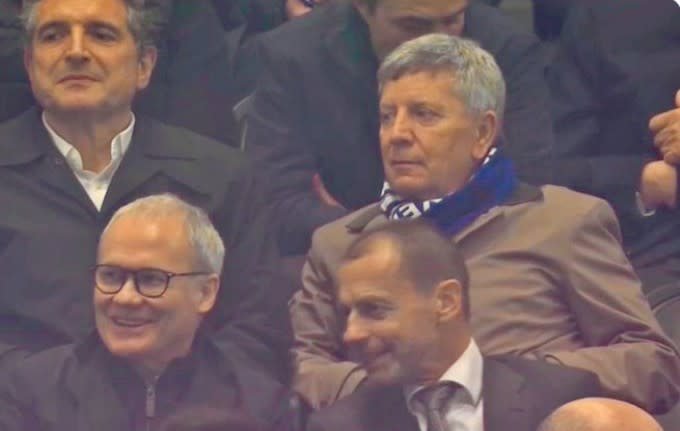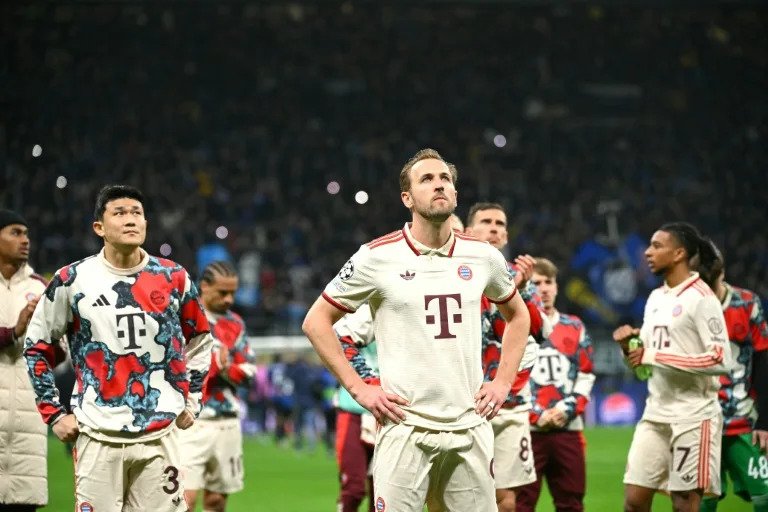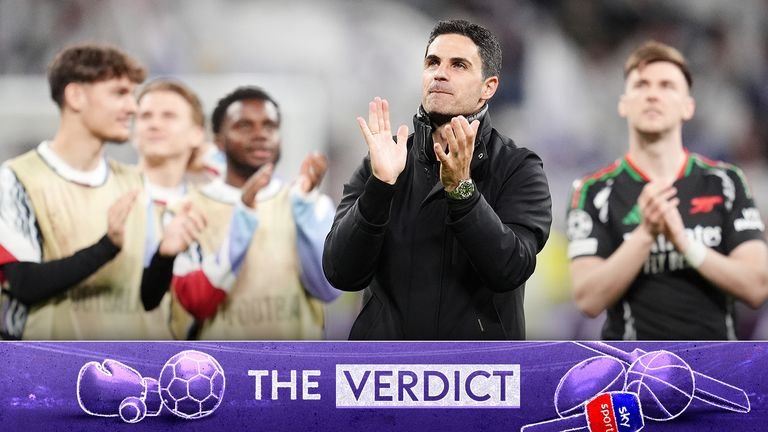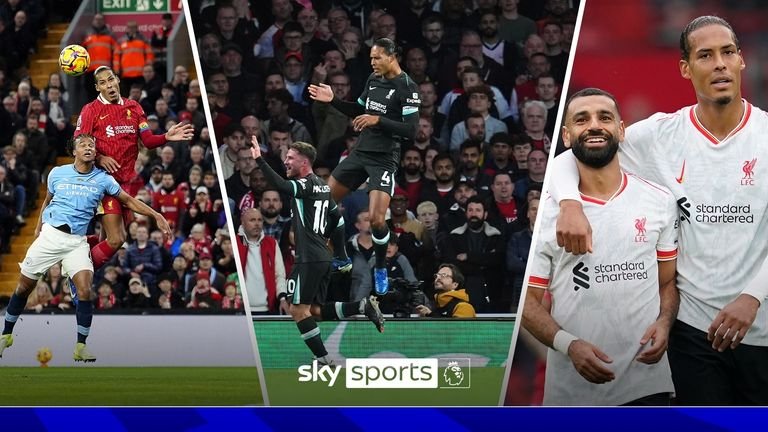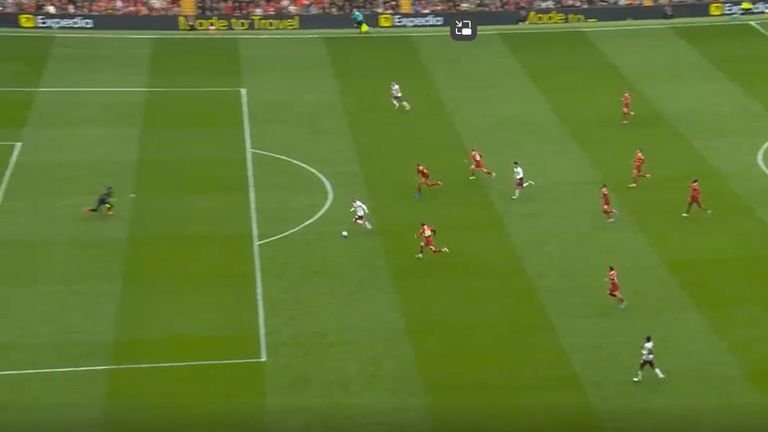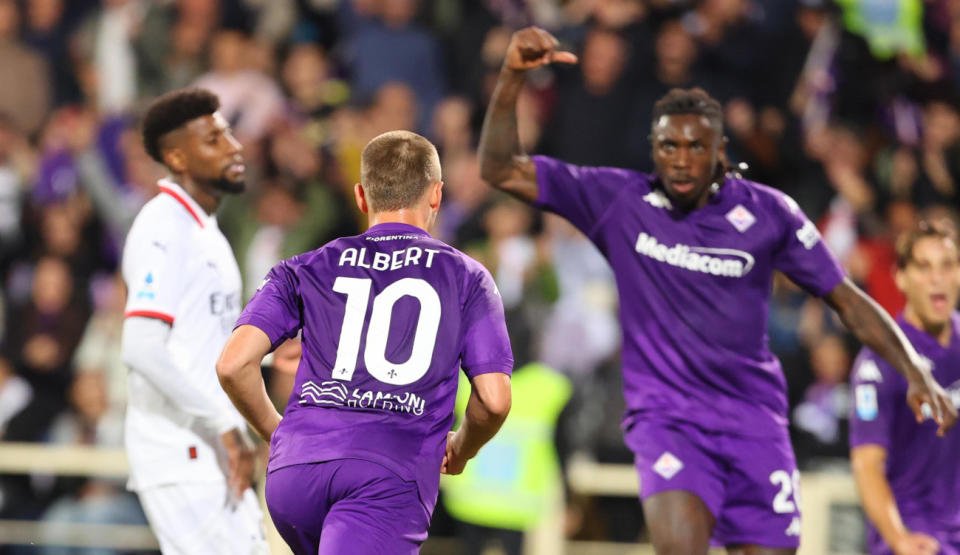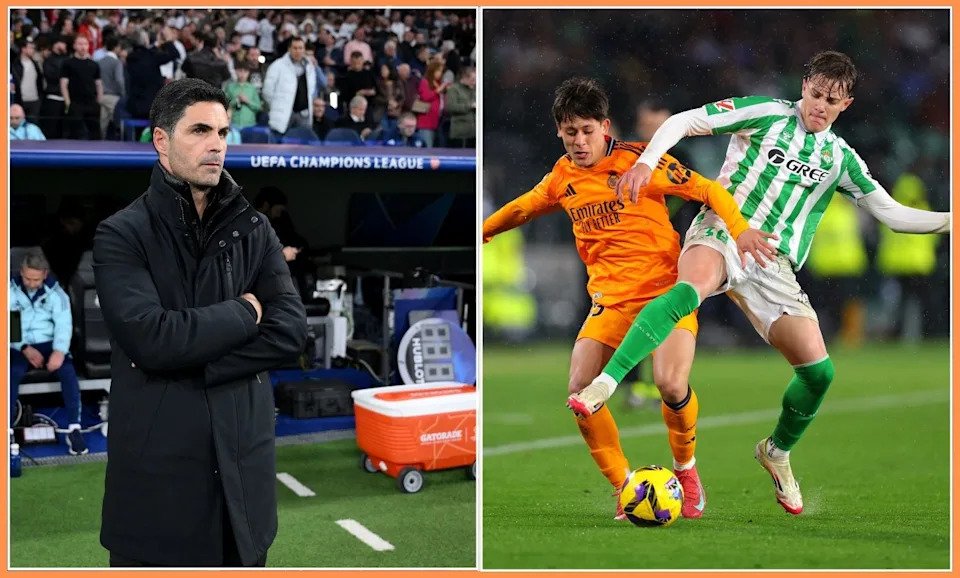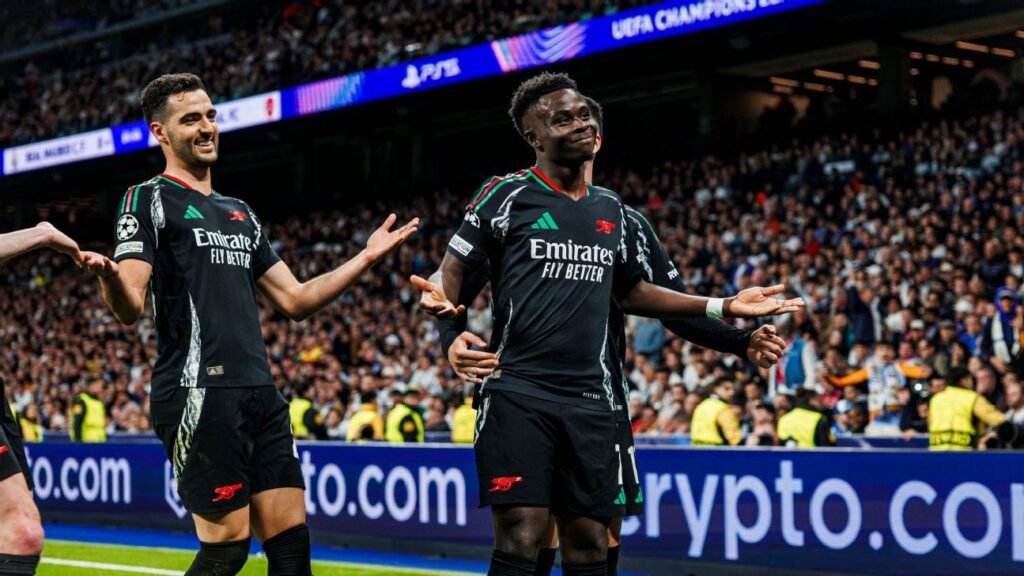Editor’s note: This Into the Calderón exclusive is brought to you by freelance football journalist Zach Lowy. Follow him on X/Twitter to keep up with his work.
On March 29, Atlético Madrid travelled to Espanyol for the 29th matchday of the 2024/25 LaLiga season. César Azpilicueta opened the scoring before the break, but Javi Puado levelled proceedings from the penalty spot in the 71st minute to give Espanyol a desperately-needed point in their heated relegation battle. It was yet another disappointing result for an Atleti side that, over the past month, has lost to Getafe and FC Barcelona in the league while exiting the Copa del Rey and the Champions League at the hands of their two fiercest rivals in Real Madrid and Barcelona.
The match also saw Robin Le Normand come off after a half-hour after a suspected head injury, with José María Giménez coming on in his place. The Euro-winning center back had previously suffered a traumatic brain injury in September’s Madrid derby with a subdural hematoma, or bleeding caused by a burst blood vessel near the brain, causing him to miss two months. This time, however, it was a mere precaution for Le Normand, who started and played 58 minutes of Atlético’s defeat to Barcelona in the Copa del Rey semifinals just four days later.
Nearly 25 years earlier, Atlético Madrid’s match against Espanyol produced the worst injury in the history of Spanish football. Facing off against his former club Atlético at Estádio Vicente Calderón on Feb. 20, 2000, Paraguay international Miguel Ángel Benítez found himself challenging for a loose ball in midfield when his compatriot Celso Ayala came in from behind and arrived late with a horrendous scissors tackle.
Ayala caught Benítez’s planted leg just above the knee and bent it sideways, causing him to suffer a knee subluxation, a torn anterior cruciate ligament, a posterior cruciate ligament rupture, a posterior capsule rupture, a rupture of the posteromedial capsular ligament complex, a rupture of the posterior medial-lateral ligament, an internal meniscus tear, and a fracture of the external tibial plateau.
“It was a criminal tackle,” Benítez, nicknamed “Peque”, told Into the Calderón during a recent interview. “I didn’t see it coming, so I didn’t have time to swerve out of the way. They operated on my knee twice because my leg didn’t have the appropriate condition to run, so they did an arthroscopy and removed the damaged meniscus which prevented me from turning my knee. Every day, I’d arrive at the rehab center mentally destroyed. Rehab is very painful. I went into rehab for eight hours each day and practically tortured myself for 14 months in order to return to the pitch.
“Many people think I earned a lot of money because of my trajectory, but I started at Calpe and didn’t get paid much, and then went to Atlético Madrid where I earned 3,000 pesetas per month, whilst the club also took care of my apartment and the cost of the bus/train for me to get to practice and matches,” Benítez added. “But in the best moment of my career, when my transfer to Liverpool was basically a done deal, and when I was finally going to get a big payday, I got injured.”
Born in Santísima Trinidad, Paraguay, Benítez made the move across the Atlantic in 1987 and joined Calpe, spending several years in Spain’s amateur divisions before making the move to Atlético in 1993. In his first season in the Spanish capital, Atleti would go through six different coaches and finish 12th in the table, in addition to losing in the first round of the UEFA Cup and the Round of 16 in the Copa del Rey, with president Jesús Gil’s trigger-happy nature coming to root.
“The president at the time, Jesús Gil, was very strict,” noted Benítez. “He’s a born winner who always wants to win matches, and whenever a coach lost 1–2 games in a row, he was already gone. With him, it was win or win. That’s why coaches’ heads would roll, because he was constantly demanding results. If he didn’t see results after a couple of games, he’d change managers—that’s how he did business.”
Desperate for regular minutes, Benítez moved to Almería before taking his talents to Mérida on loan, where he scored 10 goals in 23 appearances while the team made history by becoming the first Extremaduran side to earn promotion to the Spanish top-flight. He then joined Espanyol in 1995, where he emerged as one of the most exciting wingers in LaLiga as well as a Paraguay international, playing in the 1998 World Cup and 1999 Copa América. Whilst he only made 10 appearances for Atleti, in stark contrast to his glamorous time at Espanyol (30 goals and 3 assists in 161 appearances), Benítez did manage to share a dressing room with Atleti manager Diego Simeone during his first playing spell with the Colchoneros.
“Simeone was an idol in the Argentine national team, but in Atlético, he couldn’t triumph in his first season because of the ‘sacred cows,’ players who had a lot more weight in the squad,” added Benítez. “He triumphed in his second year because he’s a born winner with a lot of character and who’s very focused, and because of this, he reached his objectives. “That’s why he’s gone very far in football.
“Ever since Simeone came, Atlético is always fighting at the top,” Benítez explained. “He’s a coach who psychologically prepares his players well, he’s very demanding, and he’s already won a lot of trophies with Atlético. He’s one of the best coaches in the world, and he’s also the best paid. I think he’s doing a very good job. We’re going to see him at Atleti for a lot longer because he’s doing things well.”
:no_upscale()/cdn.vox-cdn.com/uploads/chorus_asset/file/25941449/2208183045.jpg)
But whilst the Calderón was the place where Benítez got his first introduction to top-flight football, it was also the site of his biggest nightmare. At nearly 30 years of age, when he was in the best form of his entire career, Benítez’s gradual progress came to a screeching halt.
Espanyol ended up avenging Benítez three months later by defeating Atleti in the Copa del Rey final, securing their first top-level trophy since 1940. But whilst Espanyol supporters were in footballing heaven, Benítez was in hell. He spent 45 days in the hospital with his leg elevated, and he came perilously close to having it amputated.
When he arrived at the hospital to operate on his knee, the famed Spanish doctor Ramón Cugat predicted that Benítez would never be able to play football again. Benítez made him eat his words, returning to the pitch after 448 days of painful rehabilitation and spending a few months with Espanyol before returning to his native Paraguay, where he spearheaded Club Olimpia to the biggest trophy in South American club football: the Copa Libertadores. He then returned to Spain for a brief second spell with Almería, before bouncing around from Peruvian side Universitario to Paraguayan sides Olimpia, Sportivo Luqueño, and Guaraní, eventually hanging up his boots in 2007.

